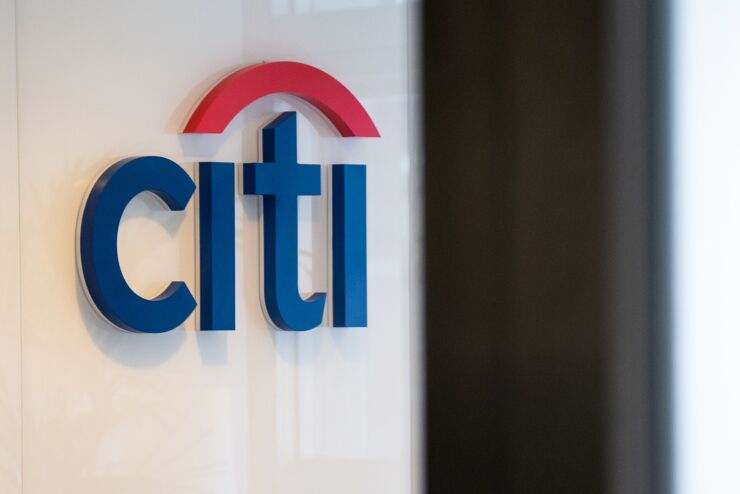
The bank told investors it wants to get back into a lending business it retreated from several years ago.
As the bank pulled back on this kind of funding, known as subscription line financing, in 2022, rivals moved to pick up more business. Goldman Sachs, JPMorgan and PNC Financial Services scooped up large amounts of the debt from
Subscription lines don't generate high margins, but they do help banks build relationships with asset managers, who may hire their lenders in the future to advise on acquisitions and underwrite junk bond sales. The lines have become popular among fund managers, used by nearly 85% of buyout funds last year, up from just a quarter a decade ago, according to data from MSCI. Altogether, the sublines business is estimated to be roughly
The financing is helpful when dealmaking picks up, but it also provides liquidity during a slowdown, which asset managers have faced for years as transactions dried up and some of their bets haven't paid off.
The threat of tighter standards under the previous White House led some large banks to exit capital-intensive lines of business. Regulators last year said they were going to ease rules known as Basel III Endgame, potentially freeing up space for banks to offer more financing.
Fraser wants to lift
When private equity firms raise funds, their investors agree to provide cash to fund leveraged buyouts over time. But to access that money, managers have to make a "capital call." Subscription lines are backed by the promises to meet those calls.
Because investors have rarely defaulted on capital calls, subscription lines are seen as safe. Many banks have packaged them into securities, freeing up their balance sheets to make new loans.






